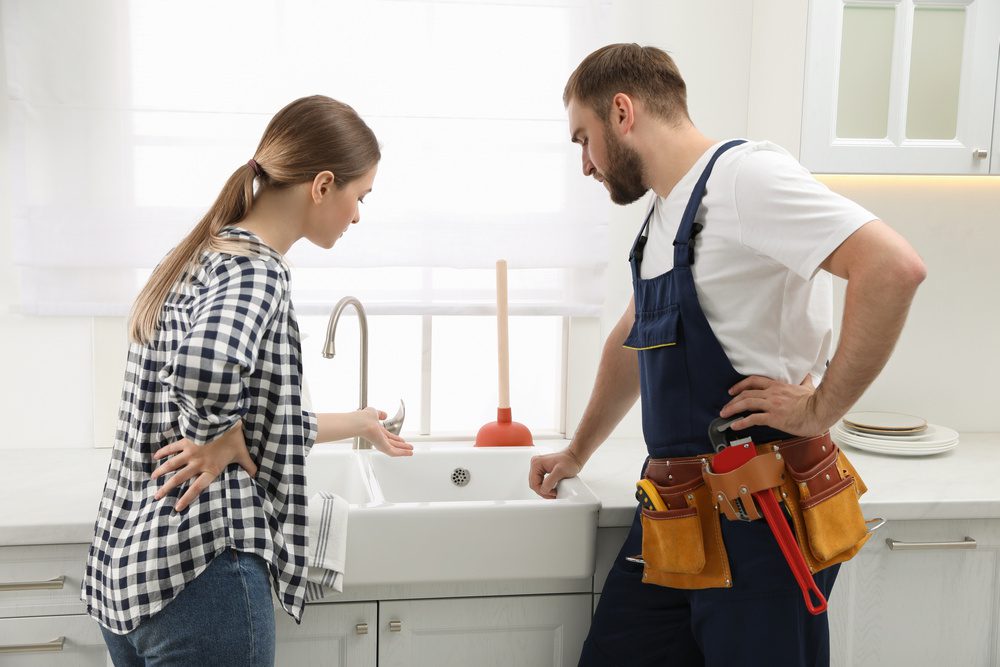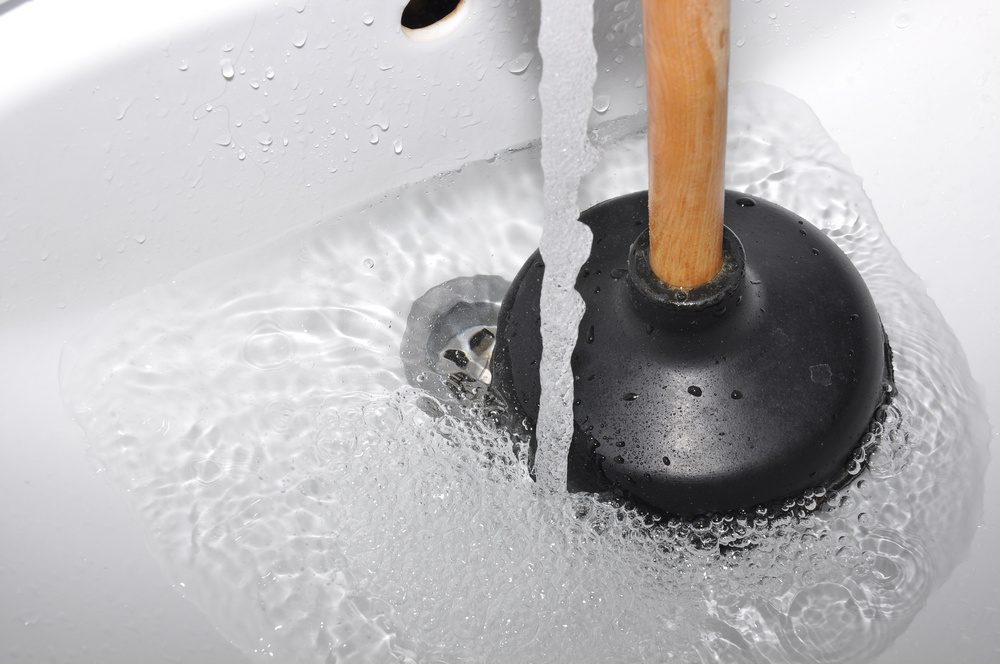Last Updated on January 9, 2025 by teamobn
Many homeowners often find themselves with a variety of plumbing problems, but a common concern that you’re likely to end up with at some point is clogged drainage. Struggling to wash your hands or the dishes due to a clogged drain can be an exasperating ordeal.
A blocked drain is a common plumbing situation. Aside from the unpleasant stench and overflowing water, a blockage may eventually cause other problems. If you fail to act right away, it can be an unhygienic ordeal and escalate to more serious problems.
If you believe the blockage is severe and you lack the skills to unclog the drain, consider calling a sewer, septic and drainage specialist to tackle the task. Their experience and expertise can usually isolate and fix the issue both quickly and cost-effectively.
On the other hand, if you feel confident you have the skills and time, there are various ways to pinpoint the blockage in your pipes that connect to the blockage. Here are several emergency troubleshooting tips that you can use to deal with clogged drainage.
Contents
- 1 1. Check And Remove The Blockage At The Stopper
- 2 2. Flush The Drain With Boiling Water
- 3 3. Introduce A Wire Hanger To Loosen The Blockage
- 4 4. Make Use Of A Plunger
- 5 5. Pour A Solution Of Vinegar And Baking Soda
- 6 6. Clear The Drain With A Drain Snake
- 7 7. Use Dish Detergent
- 8 8. Prepare A Baking Soda And Salt Mixture
- 9 9. Unblock a Drain With a Wet And Dry Vacuum Cleaner
- 10 10. Use Caustic Cleaners
- 11 Final Thoughts
1. Check And Remove The Blockage At The Stopper
A simple solution you might want to try out first is to get rid of clogs in the stopper. It would be best to unscrew the pivot rod retaining nut on the drain below the sink. Pull out the pivot rod slightly to release the stopper. Draw it out and clean it thoroughly.
The blockage might be visible in some cases, such as soap scum or hair on the stopper in sinks. You can readily pull out and clean the stoppers while others only move slightly. Carefully inspect if there’s a buildup of debris and clean thoroughly.
2. Flush The Drain With Boiling Water
Another easy way to deal with a possible blocked drain is to use boiling water. Prepare by boiling as much water as you can. Pour the boiling water down the drain for up to three rounds. The continuous flow of the boiling water between every pour will work to break down the debris. Generally, this method is the quickest and easiest way to unblock drains around the house.
3. Introduce A Wire Hanger To Loosen The Blockage
If you have a metal coat hanger, flatten it out and create a little hook by bending one point over. Introduce it past the drain cover to reach and move any debris buildup out of the drain. The objective is to pull out all the debris and gunk without pushing further down the pipes. Once you remove as much debris as possible, pour hot water down the drain to clear up the pipes.

4. Make Use Of A Plunger
You can use a plunger to deal with a clogged drain. A bell-shaped plunger works best for both sink and tub drains. When using one, the main objective is to break up the clog and drive it down the drain. (https://attap.umd.edu/)
Make sure to fill the sink or tub with at least two inches of water. Cover the drain with the plunger so the edges close while you push in and pull out, driving the water up and down the pipes.
It’ll take time to clear the blockage and restore the flow in most cases. Sadly, if it seems to be a serious problem, the drainage lines below might cause it. In such cases, it would require an inspection by a professional plumber.
5. Pour A Solution Of Vinegar And Baking Soda
A standard approach to unclogging a drain is to combine vinegar and baking soda. Dissolve baking soda and vinegar in equal proportions. When the mixture bubbles, immediately pour it into the blocked drain. The fizzing action will effectively eliminate grime, hair, and any gunk buildup down the pipes.
Let the solution settle for at least an hour, preferably overnight. Afterward, pour hot water over it to flush away any remaining residue.
An alternative method is to pour dry baking soda down the drain before running vinegar.
6. Clear The Drain With A Drain Snake
A drain snake is a lengthy, flexible wire that can readily move through the bends in drain lines.
Before using one, you need to first remove the P-trap below the sink. Insert the drain snake into the drain, spinning it around the corners and into any buildup. The drain snake has a corkscrew tip that can capture any debris so you can pull it out.
Once you successfully clear the blockage, reassemble the P-trap back in place.
7. Use Dish Detergent
When dealing with a clogged toilet, you can use dish detergent. Pour dish detergent into the bowl and prepare to boil some water.
The dish detergent works as a lubricant and aids in breaking down any greasy residue. Once the boiling water is ready, pour it down and start plunging.
8. Prepare A Baking Soda And Salt Mixture
Another combination you might want to try out is baking soda and salt. Instead of vinegar, the mixture also works similarly but is more effective.
Mix equal amounts of each substance and pour into the drain. Allow to sit for up to 15 minutes and pour boiling water down the drain to deal with debris buildup effectively. When baking soda, salt, and boiling water combine, it generates a chemical reaction that can dissolve some or most of the stubborn clogs.
9. Unblock a Drain With a Wet And Dry Vacuum Cleaner
A wet and dry vacuum cleaner can assist you in dealing with a stubborn clog. Switch the vacuum to the maximum liquid setting and let it do its job. The vacuum’s strong suction is powerful enough to flush the drain in most circumstances.
10. Use Caustic Cleaners
When you’re dealing with a stubborn blockage, caustic soda might be an option worth using. Always wear rubber gloves and eye protection since caustic soda or sodium hydroxide can cause chemical burns. You can find one in most local hardware stores but observe the proper precautions when handling it.
Caustic cleaners can effectively dissolve fat, grease, and oils, making them suitable for tough clogs. Before starting, closely follow the instructions on the container and make sure the space is properly ventilated.
Final Thoughts
A clogged drain can be due to a variety of reasons. Once you notice the tell-tale signs such as sluggish draining, foul odor, overflowing, or gurgling noises, you have a jam that you need to deal with right away. Before calling a professional plumber, you might want to try out these emergency troubleshooting tips to deal with the blockage.






